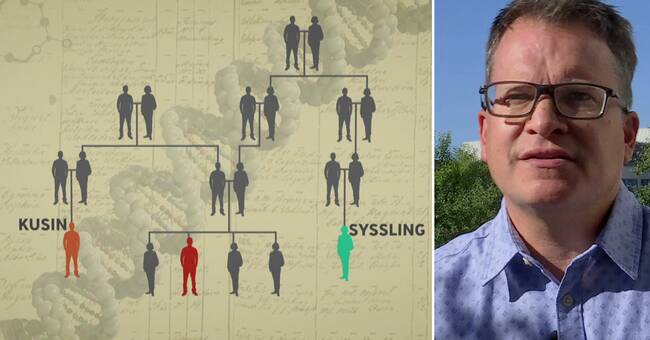This is about the method used to solve the double murder in Linköping.
Qualified genealogists track, using DNA and information from commercial genealogy sites, perpetrators.
- I am really looking forward to solving more cases, says genealogist Peter Sjölund who found the Linköping killer in five weeks.
Requires certain conditions
The trial in Linköping is now being evaluated by the police centrally, which will decide whether the method may be used in more investigations of serious crimes.
- On the one hand, there must be enough DNA so that we can get all the information we genealogists need and on the other hand, the perpetrator has his roots somewhere where genealogy can be done.
Otherwise, it is impossible, unfortunately, says genealogist Peter Sjölund.
"Had found Hagamannen in three weeks"
The technology is also fully possible to use in ongoing investigations.
It does not have to be cold cases, he says and mentions an example where the technology would have been very useful and could have prevented new crimes.
- Hagamannen in Umeå had to work for eight years.
With this technology, we had found him in three weeks, says Peter Sjölund.
The Brattås murders are still unsolved
In Västernorrland, there are seven cold cases waiting for their solution.
This includes the Brattås murders in 2005 when Tor Öberg and Gerd Wiklund were found murdered on the farm in Brattås outside Härnösand.
- There is DNA, I have understood so much, but I do not know if it is enough for this.
But if there is DNA and the perpetrator is from northern Europe then there may be conditions.
Team of specialists
Peter Sjölund has been a dedicated genealogist since high school and has now built up a team with talented colleagues that he can work with if the police give the go-ahead for the method in criminal investigations.
- In Linköping, I solved it in five weeks.
But now it's not just me but a whole team of seven DNA genealogists.
If we are several people working at the same time, it can go pretty fast.
We are at your service if you need help, concludes Peter Sjölund.

